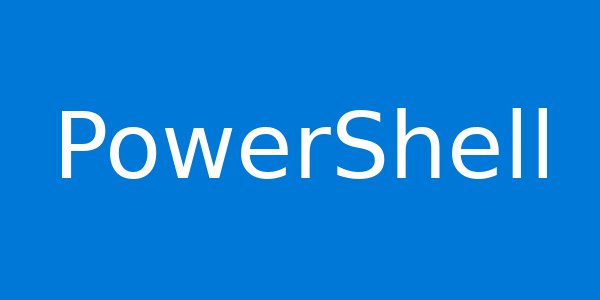Enable PowerShell Remoting
The Windows PowerShell remoting features are supported by the WS-Management protocol and the Windows Remote Management (WinRM) service that implements WS-Management in Windows. Computers running Windows 7 and later include WinRM 2.0 or later. On computers running earlier versions of Windows, you need to install WinRM 2.0 or later as appropriate and if supported. To […]
Enable PowerShell Remoting Read More »


